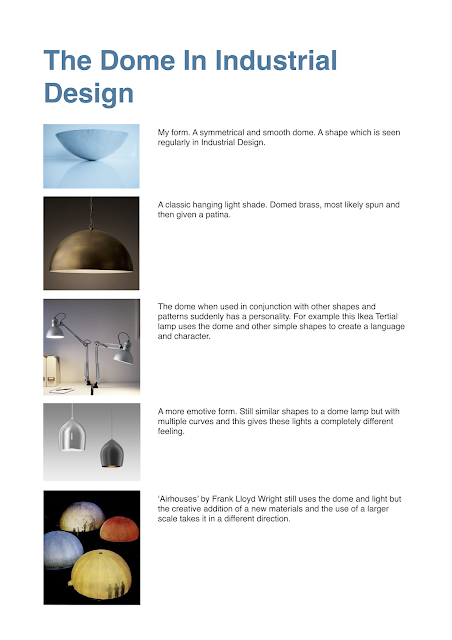Ferrari GTO - Assignment 3
Model A Ferrari GTO.
The Ferrari GTO - 1962 -1964. The car we will attempt to replicate.
Initial Modelling
Using Favicon 360 we sliced a Cad model of the Ferrari into section and laser cut using 6mm MDF.
We had problems in our initial model and the tolerances were not sufficient to allow it to slide together easily (see above). So we were forced to re-cut with larger tolerances and it slid together easily.
Working on the laser cut buck. We used tape to properly display the form.
We divided the car into individual sections using permanent marker. We attempted to do this by using the current lines of the panels, also taking into account what would be easier to form by hand. I was to be working on the roof.
The Roof - Beginning Forming
I used paper to form an outline of my part. This outline was then traced onto an annealed aluminium sheet and cutout with tin snips.
Using annealed aluminium meant that the once the shape was cut it could be pressed onto the model for a rough form.
The the edges were then curved down using a hammer and sandbags. I made sure I made it a little smaller than the model - it could always be stretched later.
The roof was shaped using the english wheel - on a reasonably flat piece. Problem areas where beginning to form: the radius near the windscreen was pinching too hard. The curved roof was also becoming overly rounded.
Reducing the Dome - Solving Problems
In the process of bringing the front of the roof down to line up with the model the dome on the roof had become all too pronounced. It needed shrinking. A circle was drawn in the roof and the area inside this pinched inwards. Hammering hard inwards with the pointy end of a plastic hammer until the aluminium began to shrink in the centre.The result was very ugly but effective in reducing the dome.
The lumps and bumps were ironed out with some time on the English Wheel. The results left the roof fitting very nicely.
Final Adjustments and Trimming
As the roof began to fit a little better. Only the sides needed some adjusting and the excess aluminium was trimmed off.
Small bumps and lumps where hammered out with light tapping of the metal hammer.
The aluminium was also given a matte finish with sand paper. An example below is the difference between a sanded piece and a regular finish.
It was important to work with the group at this stage so that each individual piece fitted as closely as possible.
Finished Roof
Below are details and how the roof looked finished. Overall I was very happy. Especially with the fit; was very snug and hugged the form of the model well. After looking at other groups I think how we chose to divide the roof worked nicely.

Perhaps little more work could be done on the details and small bumps however I was very pleased with how symmetrical it was and how the smooth radiuses transitioned into the flick on the tail.
The Final Car.
Putting everything together was a reasonably quick process due to working together throughout the project to ensure each part fitted as snuggly as possible.
I was very happy with my part and especially how it worked with the rear wheel covers and tail of the car. Creating a nice, smooth shadow line. Overall, though obviously not perfect, I believe we created a model which was very consistent in standard and worked well as a cohesive whole.








































Comments
Post a Comment